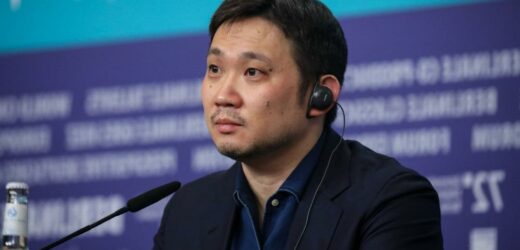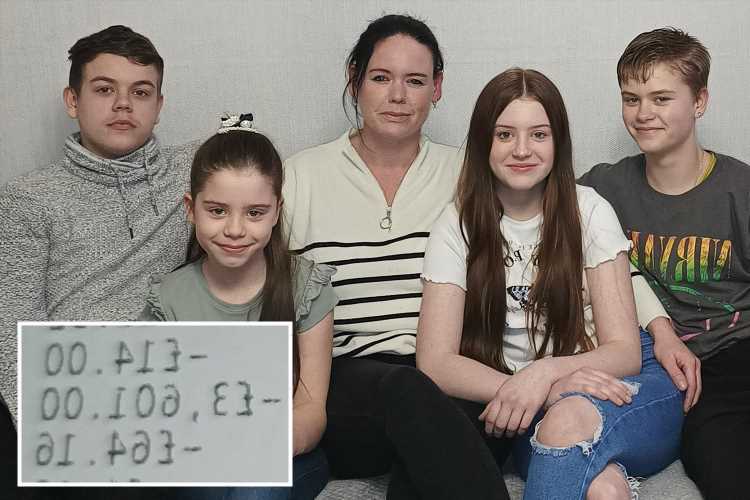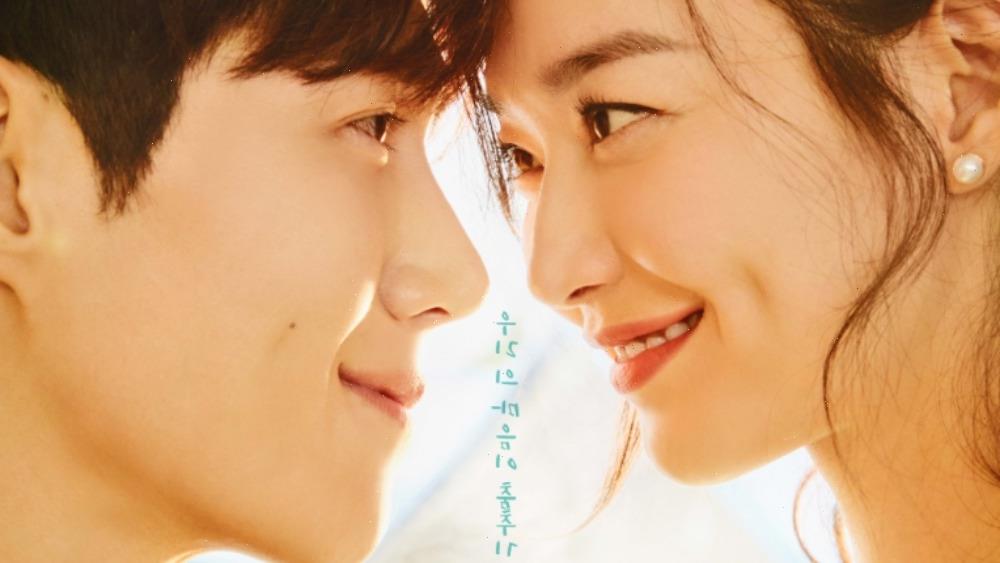In a year when a festival darling like Ryûsuke Hamaguchi’s “Drive My Car” was able to garner four Oscar nominations, including best picture, questions for the Berlin Film Festival jury — which includes Hamaguchi — centered on the role of film festivals in connecting both arthouse and mainstream audiences.
Declaring that he “felt like a kid” at the Berlinale, where his jury will be watching 18 films in all, M. Night Shyamalan sat beaming next to Hamaguchi, who is fresh off his Oscar nomination for best director earlier this week. Other jury members present included director Karim Aïnouz, producer Saïd Ben Saïd, director-screenwriter Anne Zohra Berrached, author-director Tsitsi Dangarembga and actor Connie Nielsen.
“I’m very happy to be here,” said Hamaguchi. “I’m very honored that I belong to the team of Mr. Shyamalan because he creates independent blockbuster films — or something in between. The perfect mix of independent and [conventional]: This is the message when Shyamalan was chosen as the head of the jury.”
The Japanese director said there was, from his perspective, “no gap” between mainstream and artistic films.
“The role played by the Berlinale is to declare there’s no gap,” said Hamaguchi. “Even though it looks like an arthouse film, there is a commercial tinge. We will find ourselves in a situation to declare there’s no distance between these two categories.”

Questions about mainstream versus arthouse fare, and whether these categories are as mutually exclusive as they once appeared to be, are in the air at this year’s Berlinale, where the program feels aggressively independent and practically devoid of studio fare. The Oscar nominations for “Drive My Car,” which world premiered in Cannes in July, are seen by many as a major win for the international festival circuit.
Shyamalan admitted that he often contemplated the perceived divide between commercial and arthouse fare “because I live in the centre of it” with his movies. The “Old” helmer broke it down by describing two types of experiences for the audience: one in which they are seen, and another where the auteur is seen.
“When you’re making a commercial movie, the storytellers are entirely acknowledging the audience,” said Shyamalan. “They’re entirely making it solely for the audience — the taxi driver, the doorman. And they say, ‘We’re going to make you laugh and gasp and we’re completely thinking about you.’ When [the audience] leaves the theater, they’re not necessarily changed. They’re the same person when they walked in.
“On the opposite side, independent cinema is the worldview of a specific person,” continued Shyamalan. “It’s so specific that they’re not actually seeing us. It’s ‘I want to tell you about my POV of this story’ and what’s beautiful about that is you’re seeing a new perspective on the world. So sometimes it takes a bit more effort, and it’s harder to watch. But you change because of that…My hope is that you can see me a little bit and I can see you guys.”
Dangarembga, a Zimbabwean author and filmmaker, said she is especially invested in the debate as it involves the diversity of cinema and its ability to tackle serious issues.
“When did this separation occur? When did it become not quite right commercially in cinema to engage with issues?” asked Dangarembga.
“If one looks at the political history of countries at the forefront of movie cinema, one might be able to find reasons for that.
I think the fact that we now see the two coming together — not blockbusters, but commercial and issue-based [films] convening now, I do think that this is due to the very dedicated and targeted work of festivals like the Berlinale and Sundance and Toronto, because people who lead those festivals are aware of the necessity to exploit the transformational nature of film.”
The Berlinale runs from Feb. 10 to 16.
Source: Read Full Article


